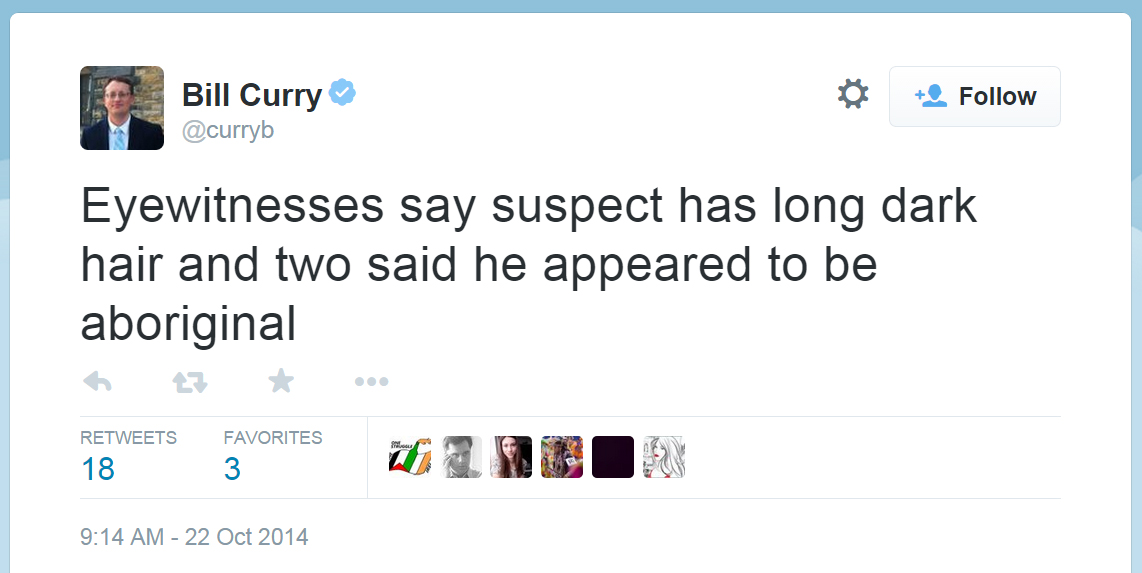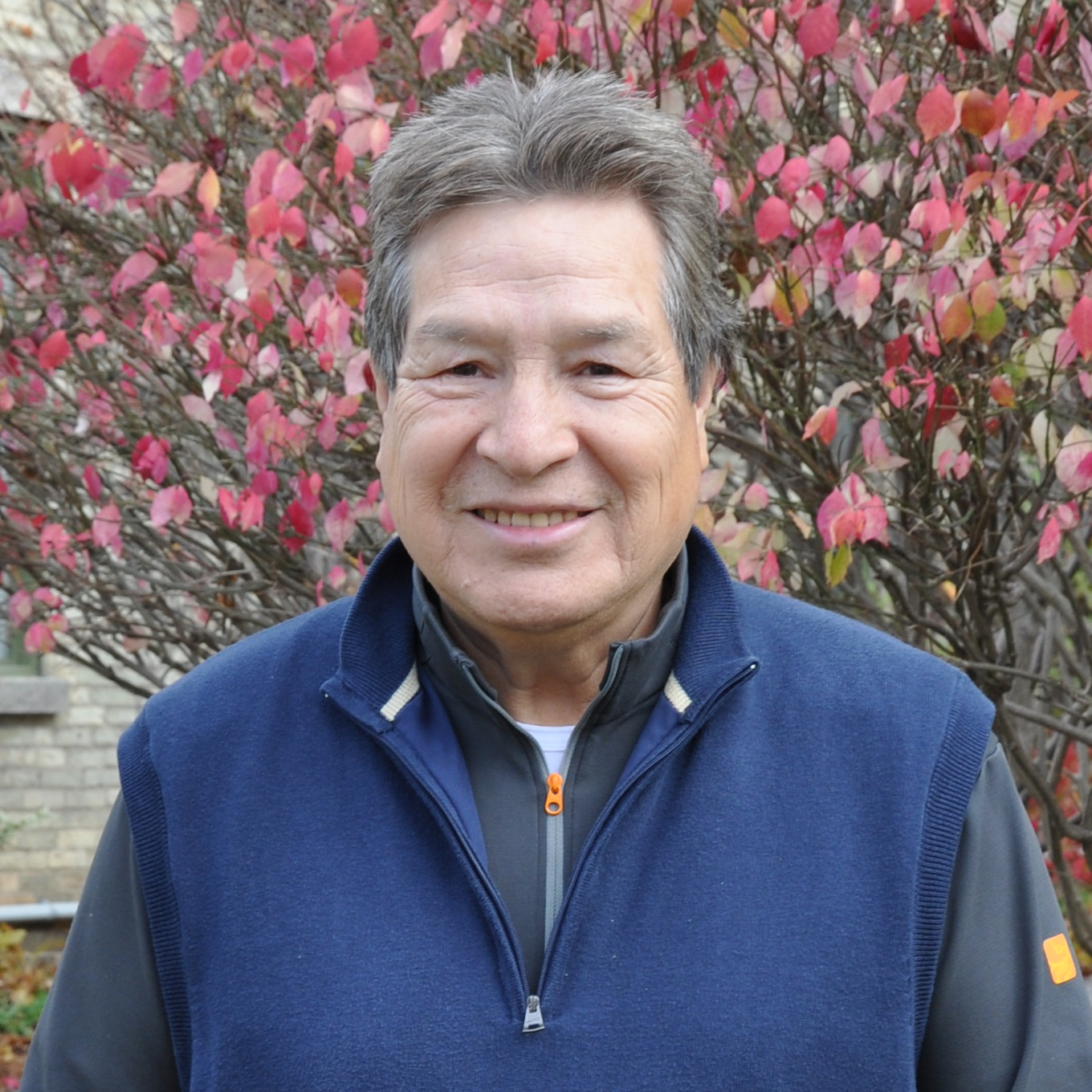On Wednesday, October 22, people across Canada stood together, collectively watching a tragedy unfold in Ottawa. Thoughts and prayers reached out from all across the country in solidarity with those in the capital. I would like to express my sincere condolences to the family and friends of Cpl. Nathan Cirillo.
Throughout the day, people tuned in to radios, live-streamed news broadcasts from their desks, and anxiously awaited each new tweet from reporters and eye witnesses on the ground. Information was flying as fast as it could be spoken, typed and broadcast – and consumers were thirsty for every drop of information; even if it was mostly speculation.
A really dangerous thing happens in this kind of information whirlwind. We allow our fears and biases to mix and mingle with news and fact. In the chaos of the whirlwind that had a whole nation spinning, people excused the racialized fears that were fed into our news cycle and into the collective Canadian psyche.
One reporter for the Globe and Mail reported on Twitter that “eyewitnesses say suspect has long dark hair and two said he appeared to be aboriginal.”

Other reports claimed he looked “South American” or “Muslim”.
These kinds of assumptions, which also proved not to be true, served only one purpose – to rationalize tragic violence as outside of the realm of the white-colonial state. In the case of Bill Curry this happened by labelling the perpetrator “Aboriginal”.
Looking specifically at Mr. Curry’s tweet, it is problematic in several ways.
First, it relies on racial stereotypes of Aboriginal peoples to convey information. How does one “appear Aboriginal”? The only signifier used to express “Aboriginal-ness” in this example is long dark hair – a common racial stereotype of the modern Indian.
Second, this tweet threw fuel on a fire that was raging inside of the information whirlwind that used charged and emotionally amplified language like “terror” and “terrorism”.
This type of language is risky when attached to a single act of violence, and has been seen to lead to new and amended legislation that further restricts civic freedoms both in Canada and the United States.
It becomes additionally problematic when used predominantly to describe acts of violence committed by people of colour. Once the identity of the shooter became known, the media slowly and subtly started shifting their language. No longer were they talking about an act of terror, they were talking about a Canadian born to a business man and a public servant who had “mental health problems” and who “seemed unstable,” according to neighbours quoted in various news outlets Thursday morning.
Lastly, I would add that these kinds of racial assumptions feed the deeply-rooted and thriving racism in Canada that says Aboriginal peoples are unlawful, dangerous, and citizens with less intrinsic value to society.
This is detrimental because when Canadians stereotype our peoples in this way, it enables the Canadian government to get away with continued policies of assimilation and discrimination. It also allows Canadians to continue to remain ignorant of our cultures, value systems and treaties.
We need to demand more from the media and from every person across Canada. We will not sit back and tolerate racially-charged language from prominent members of the media like Mr. Curry.
Members of the media have an opportunity to shift the tides of negative attitudes towards Aboriginal peoples in this country. It starts with thinking before you tweet, challenging stereotypes, and being open to seeing the embedded bias beneath the surface of your writing.
I challenge Mr. Curry and all members of the media to learn from this example. Together, we can shape public discourse in a way that accurately reflects all the people in this country, free from bias and stereotypes.
Sincerely,
Grand Chief Gord Peters
Association of Iroquois and Allied Indians
There are three things you can do if you agree that we need to change how we talk about and report on Aboriginal peoples in the media:
- Share this letter with your family and friends.
- Tweet your own examples of racialized messaging in the media using the hashtag #FNintheMedia
- Call on your local media outlets for fair and equitable reporting of Aboriginal peoples and issues.
ABOUT AIAI
AIAI is mandated as a Provincial Territorial Organization (PTO) to defend and enhance the Aboriginal and Treaty rights of our seven member First Nations. Our member nations include: Batchewana First Nation, Caldwell First Nation, Delaware Nation, Hiawatha First Nation, Mohawks of the Bay of Quinte, Oneida Nation of the Thames, and the Wahta Mohawks. Learn more at www.aiai.on.ca, on Twitter@AIAI_comms and on Facebook.
CONTACT
For more information, please contact Suzanne Morrison at smorrison@aiai.on.ca or 519.281.6238.


